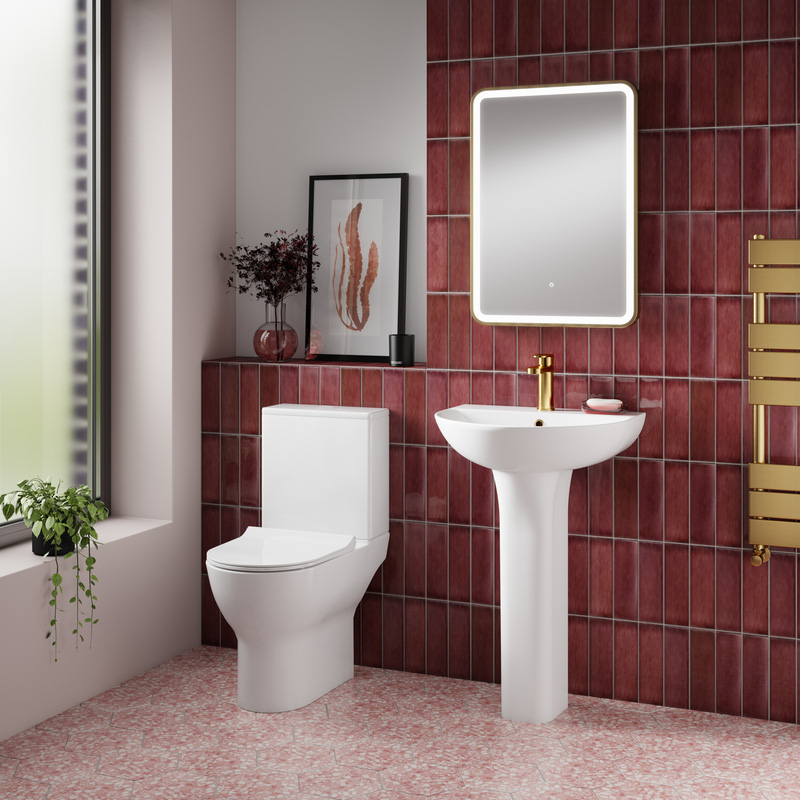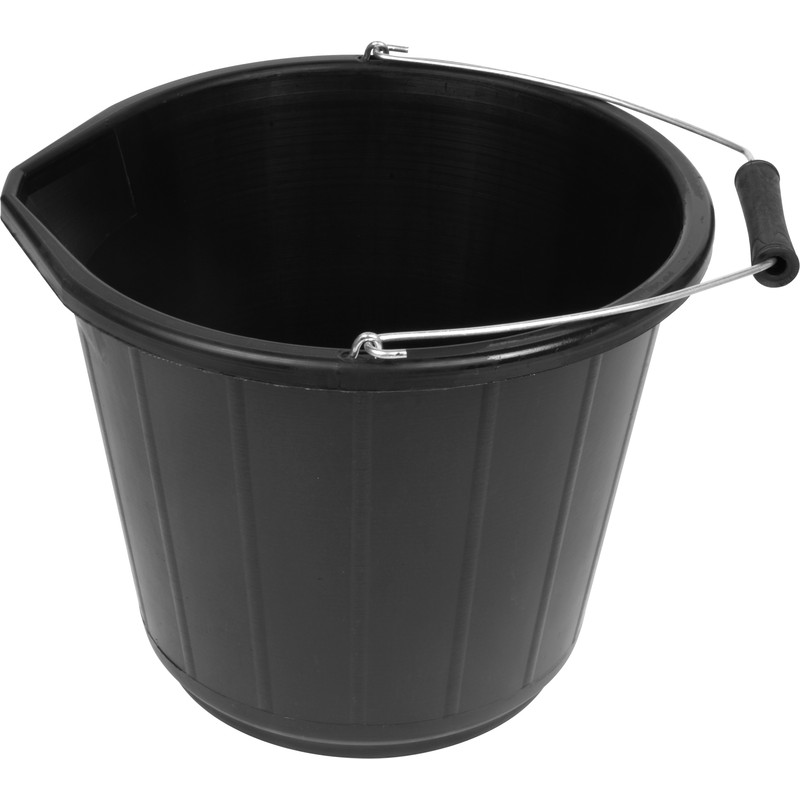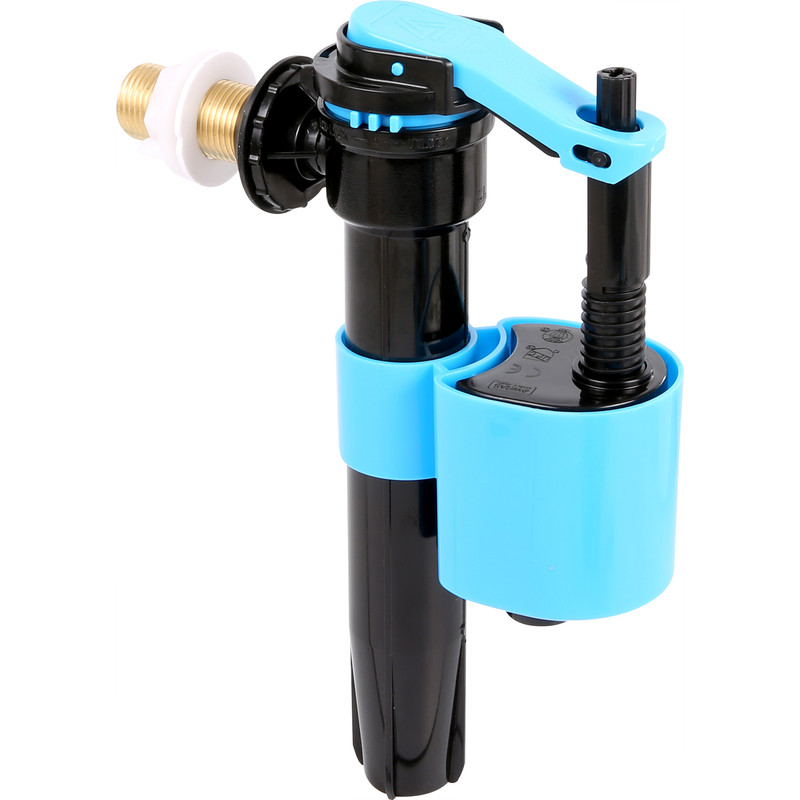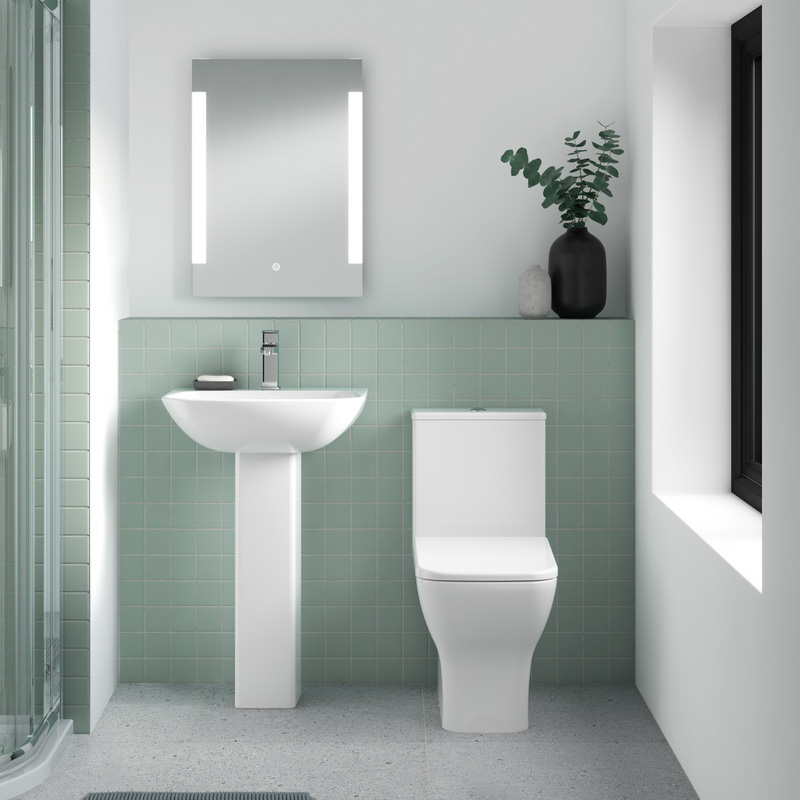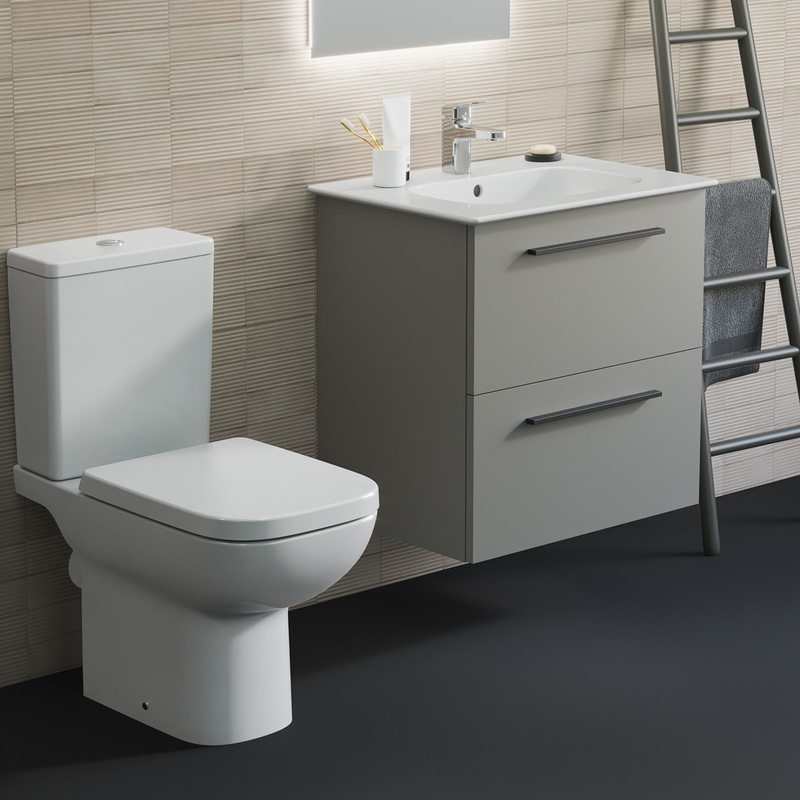A continually running toilet cistern is not only annoying due to the noise it emits, but it can lead to wasted water, leaks and damage to component parts. In this article, we’ll provide simple steps on how you can stop your toilet cistern from running to save on water, and any potential associated costs.
What Causes A Toilet To Keep Running?
While toilet designs differ, no matter what type of toilet you have, they all work in the same way, and that is a tank of water being used to flush waste down the drain. Inside the main water tank there are two valves; the fill valve and the flush valve. The job of the fill valve is to regulate the flow of water into the tank after it has been flushed. When the tank is empty, the fill valve opens to allow water to refill the tank to its proper level. Once the water reaches the set level, the fill valve automatically shuts off to prevent water from overflowing.
However, if the fill valve is faulty, the tank may continue to fill, causing the cistern to keep running. Additionally, a misaligned ball float may not be able to signal to the fill valve when to stop filling. This could then prevent the fill valve from closing properly, allowing water to leak continuously.
Another common cause of a constantly running toilet is sediment build-up. Over time, sediment can increase in the valve or float mechanism causing an obstruction which, in turn, results in incorrect operation. In some cases, sediment build-up can have the opposite effect whereby the toilet fills too slowly. To resolve this, increasing the water flow to the toilet may be necessary to restore proper function.

Essential Tools & Equipment
Method 1: Replace a Faulty Fill Valve
Aside from the water in your toilet running continuously, other signs of a faulty fill valve include inconsistent water levels being slow to refill. In which case, replacing the fill valve would be necessary.
- First thing to do is to turn off the water supply to your toilet. Find the shut-off valve near the base of the toilet and turn it clockwise to stop the water flow.
- Now remove the toilet tank lid and place it to one side.
- Check if the fill valve (the part that controls water flow into the tank) is damaged or corroded. If it appears to be faulty, now's the time to replace it.
- Use an adjustable wrench to disconnect the water supply line from the fill valve.
- Install the new fill valve according to the manufacturer's instructions. Make sure it’s securely attached and properly aligned.
- Now you can reconnect the water supply by attaching the water supply line to the new fill valve. Once done, turn the water supply back on and test to check that the toilet fills as it should.
Method 2: Adjust a Misaligned Ball Float
If the ball float in your toilet cistern is set too high this could be the cause of the running water. By making a small adjustment and setting it to the correct height, you can prevent the toilet cistern from running.
- Begin by turning off the water supply. This can help to avoid any water spillages during the process.
- Now remove the tank lid and examine the ball float, which should be floating freely in the tank. If the ball float is too high or too low, it can prevent the toilet from filling correctly.
- Carefully bend the float arm up or down to adjust the height of the ball float. The correct position is where the ball float should be able to move freely and shut off the water when the tank reaches the correct level.
- Turn the water supply back on and watch the fill process. Adjust the float if necessary for optimal water flow.
Method 3: Clear Sediment Build-up Causing an Obstruction
It's normal for sediment to build-up in in the toilet tank and the cistern but overtime, if it's not cleared out, this can cause the water to keep running.
- Shut off the water supply to the toilet by turning the valve clockwise.
- Flush the toilet to empty the tank. Use a sponge or towel to remove any remaining water leftover in the bottom of the tank.
- If sediment is visible, you can soak the fill valve in vinegar or a descaling solution to loosen the buildup. Use a soft brush to clean away the particles.
- Once thoroughly cleaned, reassemble any parts and turn the water supply back on. Check the toilet's water flow to ensure it’s operating correctly.

